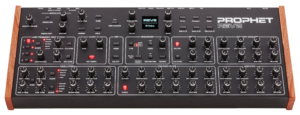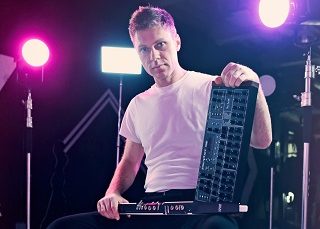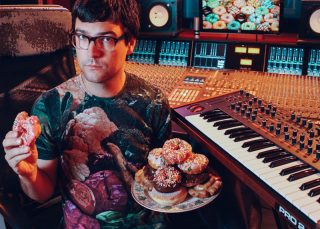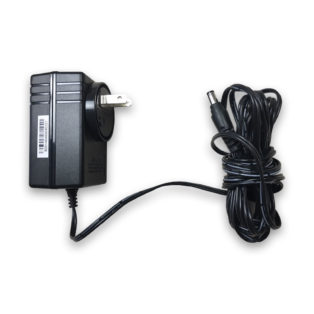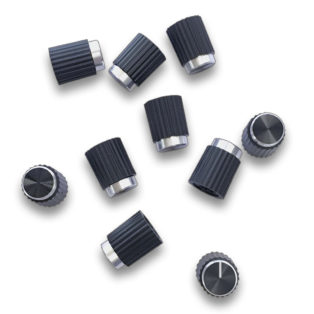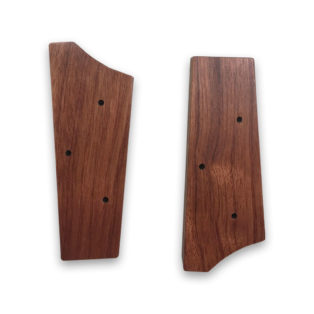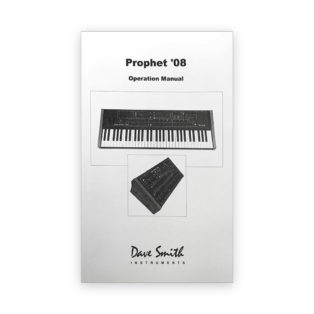Prophet ’08 Module is no longer in production, but you can still access this page for information and support.
The Prophet Returns—And Fits on Your Desktop
The Prophet ’08 Synthesizer Module is a tabletop “knobby” module with all of the features and controls of the Prophet ’08 Keyboard (minus the keyboard, of course) in an even more compact enclosure. With real analog oscillators, famed Curtis low-pass filters, and analog VCAs, the Prophet ’08 is capable of reproducing the familiar sounds of its legendary predecessors. But modern features like a greatly expanded modulation matrix and additional modulation sources—including three envelopes and four LFOs per voice—take it way beyond vintage gear and make it a worthy and unique addition to the Prophet family tree.
Features include a gated 16 x 4 step sequencer, arpeggiator, split or stacked key modes with separate stereo outputs per layer, and rack ears for optional rack-mounting. The Prophet ’08 module can also be used as an expander to increase the polyphony of another Prophet ’08—keyboard or module—to 16 voices.
- Full-featured polysynth with a 100% analog signal path.
- Classic, real analog sound—including legendary Curtis analog low-pass filters—married to a modern feature set.
- Small footprint, huge sound.
- Tons of knobs for direct, real-time editing and performance.
- Used as an expander, increases polyphony of another Prophet ’08 to 16 voices.
Like the Prophet ’08 desktop? Check Out Prophet Rev2 desktop!
Prophet Rev2 greatly expands the features and capabilities of the Prophet ’08 while maintaining the awesome sound of the original. Learn what’s new here. Rev2 desktop is available in stores now.
